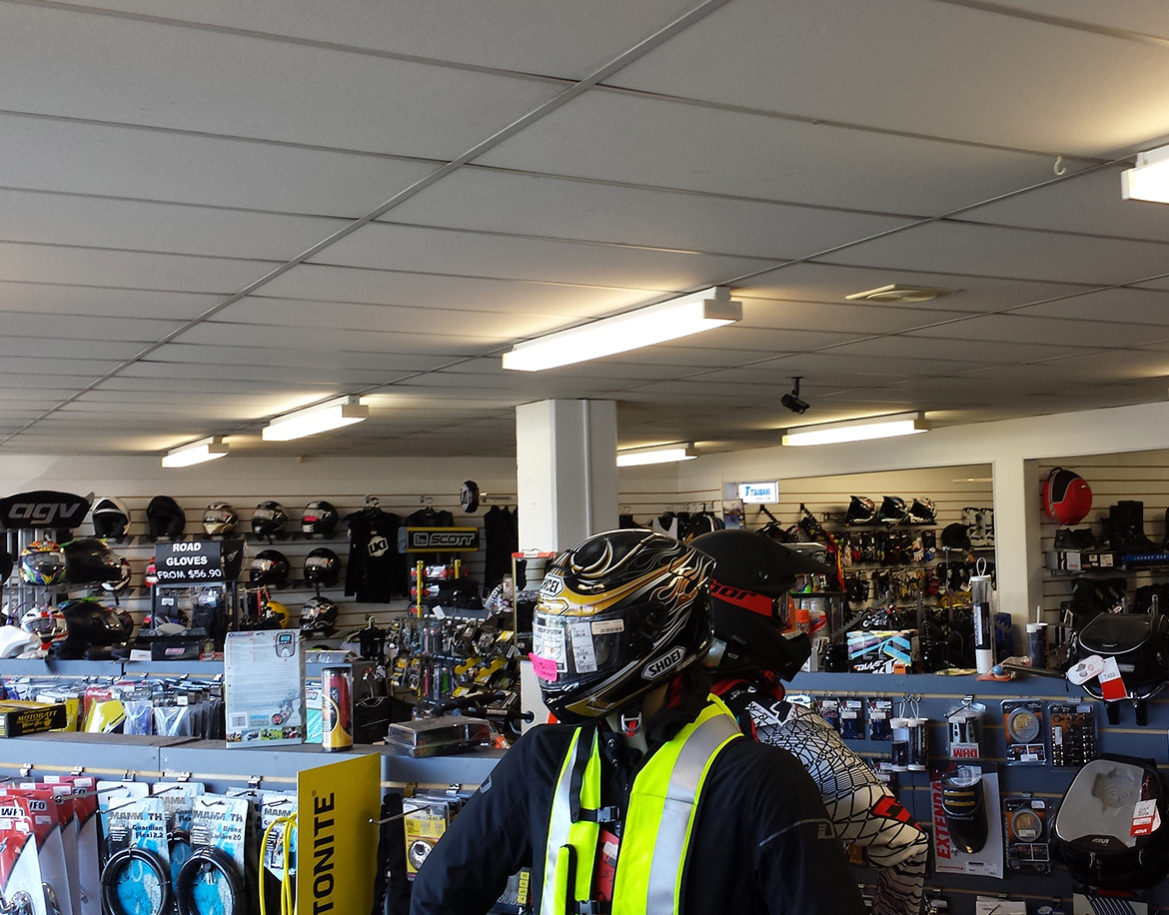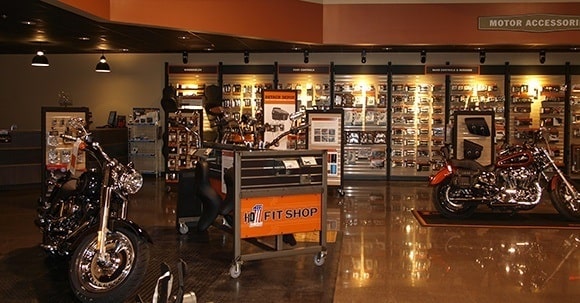Store the very best MX Parts NZ for Your High-Performance Bike
Store the very best MX Parts NZ for Your High-Performance Bike
Blog Article
Comprehending the Important Parts of a Motorcycle: A Comprehensive Overview for Fanatics
For bike fanatics looking to boost their riding experience and guarantee their bikes run efficiently, recognizing the necessary parts of a motorbike is vital. Each aspect, from the engine's detailed functions to the important duty of the stopping mechanisms, not just affects performance but also safety and comfort. This guide will certainly walk through the basic parts that every biker need to know with, allowing educated selections in both upkeep and prospective upgrades. As we begin this expedition, one must ask: exactly how does each component interact to produce the seamless trip every enthusiast looks for?
Engine Components

The camshaft plays a vital duty in controlling the timing of the engine's valves, making sure the specific opening and closing necessary for efficient fuel and air intake, in addition to exhaust expulsion. This timing is essential to maintaining optimal engine performance and efficiency. Furthermore, the carburetor or gas shot system, relying on the bike version, is accountable for mixing air with fuel in the correct ratio for burning.
The cooling system, either air or liquid-based, functions to preserve the engine's temperature within functional limits, stopping getting too hot and making certain long life - motorcycle parts nz. Each component, carefully designed and integrated, adds to the smooth procedure of the engine, defining the motorcycle's power output and overall efficiency
Transmission System
Indispensable to the motorcycle's functionality, the transmission system guarantees efficient power transfer from the engine to the wheels. This system comprises numerous essential parts, including the clutch, gearbox, and last drive, each playing a crucial function in equating the engine's power into activity. The clutch, normally operated by a hand lever, offers to involve and disengage the engine from the transmission, enabling smooth equipment modifications and controlled velocity.
The transmission, typically referred to as the transmission proper, includes a collection of gears that riders can manually change through to readjust the bike's rate and torque result. These equipments are organized in a series that allows the motorcycle to increase efficiently and keep ideal engine performance across different speeds. Many motorcycles use a consecutive gearbox, calling for the rider to change gears in a fixed order.
Braking Systems
While understanding the transmission system is vital to utilizing a bike's power, equally important is the capability to regulate and stop that power effectively, which is where stopping devices enter into play. Brakes are critical for security and efficiency, giving the biker with the essential control to navigate various surfaces and conditions. Usually, bikes feature 2 kinds of braking systems: disc brakes and drum brakes.
Disc brakes are much more widespread in modern-day motorcycles because of their remarkable efficiency. They contain a brake disc, caliper, and pads. When activated, the caliper presses the brake pads versus the rotating disc, transforming kinetic power into heat, thus reducing the wheel. This system supplies far better heat dissipation, consistent efficiency, and enhanced stopping power, especially in wet conditions.
Alternatively, drum brakes, though much less common, are still found in some motorcycles. They work by pressing brake footwear against the internal surface of a drum attached to the wheel. While generally less efficient in heat dissipation and stopping power, drum brakes are simpler and more affordable.
Comprehending these braking systems' subtleties permits motorcyclists to keep their motorcycles effectively and value the design that makes certain risk-free and efficient quiting.
Suspension and Steering
Suspension and steering systems are important components that considerably influence a bike's handling and adventure convenience. The suspension system, including forks at the front and shock absorbers at the rear, soaks up roadway irregularities, boosting stability and control. Front forks, inverted or typically telescopic, compress and rebound to minimize effects, while rear shock absorbers keep tire contact with the road, critical for traction and safety.
Steering, focused around the handlebars, links the rider to the motorbike's directional control. The steering head bearings make certain smooth operation, enabling exact ability to move. Proper alignment and maintenance of these bearings are critical for foreseeable steering reaction and lowering biker fatigue.
The suspension's adjustability is one more vital element; preload, damping, and rebound settings permit customization to suit different riding styles and problems. This versatility is essential for optimizing performance, whether browsing urban roads or tackling tough routes. Developments like digital shock absorber provide real-time modifications, boosting ride high quality throughout varied surfaces.

Electric Equipments
After ensuring a regulated and smooth experience via efficient suspension and steering systems, attention turns to the electrical systems, an essential facet of modern-day motorcycles. These systems play a crucial role not only in starting the engine but likewise in powering different elements that improve the performance and safety and security of the bike.
At the heart of a bike's electric system is the battery, which shops electric power needed for starting the engine and powering complementary systems - motorcycle shop. The alternator or generator, paired with the rectifier-regulator, makes certain the battery remains billed while the bike is in procedure, transforming mechanical power right into electric energy and preserving voltage levels
The ignition system, another crucial part, is accountable for firing up the air-fuel combination in the engine's cyndrical tubes. Modern motorbikes frequently utilize an electronic ignition system, providing better effectiveness and dependability compared look at more info to typical systems.
Lighting systems, consisting of fronts lights, tail lights, and signs, are also vital, ensuring over at this website visibility and safety and security for the motorcyclist. Added electronic components such as sensing units, control systems, and displays contribute to innovative attributes like fuel shot management, anti-lock stopping systems (ABDOMINAL), and electronic dashboards, even more improving the riding experience.
Conclusion
A detailed understanding of a bike's important parts, consisting of the engine, transmission system, stopping mechanisms, suspension, guiding, and electric systems, is important for fanatics intending to optimize comfort, security, and performance. Proficiency of these components enables informed decisions concerning maintenance and upgrades, eventually boosting the riding experience. By incorporating this expertise, riders can ensure their motorcycles operate at peak effectiveness and dependability, consequently taking full advantage of both pleasure and long life of their lorries.
For motorcycle enthusiasts looking to elevate their riding experience and ensure their bikes run smoothly, understanding the vital elements of a motorbike is extremely important.Indispensable to the motorcycle's functionality, the transmission system makes sure effective power transfer from the engine to the wheels.While recognizing the transmission system is essential to utilizing a motorbike's power, similarly essential is the capability to manage and stop that power right here efficiently, which is where braking mechanisms come into play. Generally, motorcycles feature 2 types of stopping systems: disc brakes and drum brakes.
A comprehensive comprehension of a motorcycle's essential parts, consisting of the engine, transmission system, braking mechanisms, suspension, guiding, and electric systems, is essential for enthusiasts intending to enhance performance, safety, and convenience.
Report this page